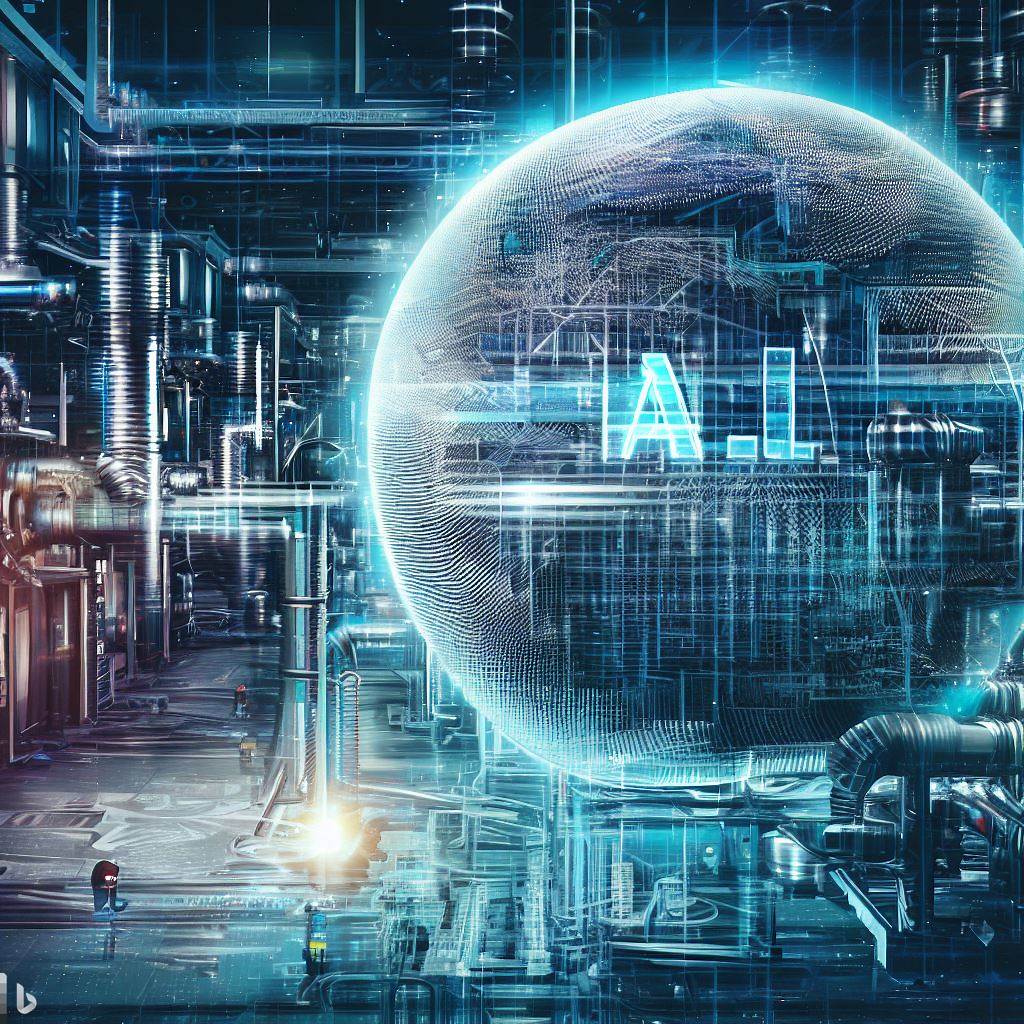Is AI solely confined to the realm of digital technology, or does it possess the power to profoundly transform our physical reality? John Archibald Wheeler, a pioneering physicist, once encapsulated the intricate relationship between the intangible concept of information and our material universe with the evocative phrase “It from Bit.” These intangible entities, composed of binary code—1s and 0s—play an active role in shaping and composing the very fabric of our physical world.
Artificial Intelligence, similarly ethereal in nature, consists of abstract mathematical constructs built upon binary code. It utilizes this code to structure and simulate neurons and synapses, equipping AI with the capacity to learn and make predictions about the real world, much like our own biological brains.
However, we inhabit a world primarily composed of tangible matter: people, buildings, furniture, vehicles, and more. How does this abstract phenomenon known as AI truly impact our everyday physical reality?
The impact may be subtle, yet undeniably immense. Consider, for instance, the manufacturing industry—a domain that embodies one of the most palpable aspects of our existence. AI is revolutionizing the manufacturing sector in numerous ways, ranging from ensuring product consistency and quality control to streamlining supply chains and enabling proactive equipment maintenance.
Imagine a modern factory humming with a multitude of manufacturing machines. In the realm of quality control, human supervision can only achieve so much, especially as machines churn out hundreds of products per hour. Human workers, a scarce commodity in the manufacturing world, lack the ability to detect every imperfection and defect.
The introduction of AI into the manufacturing landscape has fundamentally altered the way factories operate, empowering them to enhance defect detection and ensure quality assurance. This has resulted in a remarkable increase in productivity, often surpassing 50 percent. These are tangible, physical effects of AI that can be experienced and quantified by all.
And this is just the tip of the iceberg! According to IDC, by 2021, 20 percent of leading manufacturers will rely on AI and other cutting-edge technologies. McKinsey reports that within the next five to seven years, approximately 50 percent of companies that integrate AI into their data-intensive manufacturing processes will have the opportunity to double their cash flow.
Beyond the manufacturing realm, AI permeates other facets of our physical world. In the retail sector, intelligent software adept at deciphering customer behavior enables stores to offer more targeted and captivating products at the point of sale. In healthcare, AI aids in faster and more accurate diagnoses, revolutionizing the way our bodies receive care. Our very homes are being transformed through advanced AI integrated into the Internet of Things (IoT), managing lighting, temperature, and other settings. Moreover, AI optimizes investment portfolios based on users’ risk preferences, positively impacting our financial well-being.
Digitalization is rapidly becoming an integral part of our reality. Billions of IoT sensors, mobile devices, and interconnected machines tap into our physical world, continually feeding back actions, insights, and fundamentally altering it. At the core of this transformative force lies AI technology.
So, the next time you find yourself at a coffee shop, engrossed in an article about AI, remember that AI is not confined to the realm of bits and bytes. It represents a vital piece of software interwoven within real physical systems—systems that perpetually gather, comprehend, and act upon information. Welcome to an era of ubiquitous, physical intelligence where AI reshapes the very fabric of our existence.

